I did it people, I advanced to round 2 of Project Food Blog! Thank you all so much for your support!
Now on to challenge #2. The challenge for this post is to pick an ethnic classic that is outside of my comfort zone or that I was not familiar with. I figured that many people would end up doing Asian, Indian or Spanish so I decided to go a different route. I decided on Africa.
When I decided this I had no clue what would be a classic dish from Africa. I didn’t even know where to begin. I searched the internet and found a few things but nothing really jumped out at me and to be honest how was I to know it was a true “classic”? As I sat on the sofa surfing the internet and Googleing every phrase I could think of, my husband asked what I was up to. I told him that I really wanted to do an African dish for the next challenge but I had no clue what to make. Then like the knight in shining armor that he is, he suggests that I ask his co-worker who is from Kenya. I knew I married a smart one!
The very next day I went to his office and had a little “consult” with her. She was more then happy to help me, a sweet woman with a spunky personality. I asked her one primary question, “When you go home, what is a favorite dish that your mother makes for you?” Without hesitation she said “Sukuma Wiki with Chapati” My response was, “Say what?”
As we sat there in her office she gave me the break down on the dish. I found it amusing that we were having an office meeting about a recipe. This is when I discovered that collard greens were in the recipe. You see I have never eaten collard greens. For some reason it is the one food that I have avoided like the plague. There was just something about the look of boiled collard greens that seemed very unappetizing to me. Nevertheless, I was determined to overcome my phobia and give it a try.
The Swahili phrase Sukuma Wiki means push the week. What is really being pushed is the family food budget by combining greens in with leftover meat and a few other ingredients to make a savory dish. It can also be prepared without meat and be just as tasty. Sukuma wiki is usually flavored with “Royco Mchuzi Mix”, which as far as we can tell is bullion cubes mixed with other spices. I did a little research and made my own “Royco Mchuzi Mix” of equal parts beef bullion, coriander, cumin, turmeric, garlic, ginger, sugar, salt, fennel and cinnamon.
Chapati is a whole wheat flat bread similar to India’s Naan. During the time of the spice trade in the middle ages, Kenya came into contact with spice trading sea-farers. Because of this Kenyan cuisine reflects alot of Indian, and even Middle Eastern influences. Over time, chapati was adopted by Kenyans to be their national flat bread. There are many varieties of Chapati but I settled with this recipe mostly because of the technique. When I spoke with my husband’s co-worker about the chapati, she mentioned how it should tear from the edges and come apart in layers. I thought that this recipe from Passion Fruit & Mangos would do the trick.
I started with the chapatis first.
In a large bowl I sifted 3/4 cup of all purpose flour, 3/4 cup of whole wheat flour and 1/2 tsp of salt.
Thanks to my trusty tri-pod and camera timer I got a nice little action shot. 😀
Then add 1/4 a cup of shortening and using a pastry cutter or fork cut the shortening into the flour until crumbly in texture.
Add 1/2 a cup of water to the flour mixture.
Mix everything together, until a ball forms. The dough should be soft but not too sticky.
Allow the dough to rest for 20 minutes, covered in the bowl.
Lightly flour your work surface and cut the dough into 6 equal parts. I did this by shaping it into a log, cutting it in half and then cutting the halves into thirds.
Roll each piece of dough out into a long coil. Roll the coils up into rounds.
It kind of looks like a fancy question mark….doesn’t it?
Place the rolled coils on a plate, cover and let rest for another 20 minutes.
Lightly flour your work surface and rolling pin. Roll the rolled coils into flat rounds.
Heat a cast iron skillet at medium heat until hot. Dry fry the chapati until it starts to puff up.
Flip the chapati and cook until browned. Be careful not to burn it, you don’t want it to end up dry and crisped, it should be nice and pliable.
Brush each chapati with melted salted butter. Wrap with foil to keep warm. If you want you can set your oven to it’s lowest setting and let them sit in the oven and keep warm until ready to use.
Now let’s move on to the Sukuma Wiki.
Slice 1 large onion into thin slices.
This is when I took a deep breath and stared the collard greens down and said, “You don’t scare me!” “You will not defeat me!” “I will eat you today and like it!”
I don’t know what it is about collard green, well any greens really, that just ick me out. I apparently have some issues that I may need to seek counseling for. I believe the best way to deal with issues is to take them head on. I suspect that my issue with collard greens is because I didn’t grow up with them. What can I say I am Puerto Rican, my mama never made collard greens. But let me tell you I love me some crispy pig ears straight off a pit roasted pig. 😀
Anyway, moving along.
Give the greens a good wash. Trim the leaves from the stems and cut into ribbons.
Using a serrated knife, dice and seed 3 roma tomatoes.
Heat a large deep skillet over medium-high heat. Melt 3 Tbs of shortening, add 1 lb of ground beef.
Cook the ground beef until brown. Using a slotted spoon, transfer the beef to a bowl and set aside.
In the same skillet add, onion and tomato. Also add 1 beef bullion cube and 1 tsp equal parts of coriander, cumin, turmeric, garlic, ginger, sugar, salt, fennel and cinnamon.
Traditionally this dish is made with the seasoning mix Royco Mchuzi, but I didn’t have time to order some online, so I made my own.
Cook the onions and tomatoes for 2-4 minutes, or until they just start to become tender.
Add the ground beef to the onion mixture. Stir together until combined.
Now add the ribbons of collard greens to the skillet. Pile them all in, pile them high, don’t worry they will wilt.
Mix the collard greens into the meat until they are wilted and well combined. You want the greens to be tender with just a bit of bite.
Serve yourself a heaping helping of sukuma wiki with a few warm chapatis on the side.
Tear a piece of the chapati and use it to scoop up the sukuma wiki. Consume and enjoy!
I stood over the stove staring down at the skillet. I knew that I had to taste it, I had to know if it had enough seasoning. I had to eat collard greens for the first time. A bead of sweat formed on my brow. I grab my spoon so hard my knuckles started to turn white. Why was I stressing? I have never had issues with food before. I took a deep breath, dug my spoon into the skillet and raised it to my mouth.
Guess what? I ate it, collard greens and all, and I LOVED IT! I am not from Kenya, not even close, but this dish made me feel very at home. I felt loved when I took my first bite. Everything on this dish was absolutely delightful. The warm flavors from all the spices and the collard greens were tender and buttery. Who new I would like collard greens? The bread was also a huge success. It was soft and buttery, similar to a tortilla but heartier and better. I also accomplished the tear around the edges and a flaky interior. My husband said that I should make chapati more often. He is a bread feen.
When I decided to make this dish for this challenge, I worried for a moment. I worried that it wasn’t difficult enough or fancy enough, but the truth is that a true classic doesn’t have to be. I think what makes a classic a true classic is it is something made for a family, in a home kitchen. This dish is one of those dishes. Even though it was simple I learned a lot. I learned a new technique of an unfamiliar flat bread and I ate collard greens for the first time. I also learned a little Swahili. Not enough to to ask for directions but enough to get myself a great plate of food.
Remember vote for me! See you in round 3!
Sukuma Wiki & Chapati (adapted from Passion Fruit & Mangos)
Chapati
- 1 ½ cups whole wheat flour
- 1 ½ cups white flour
- 1 tsp salt
- ½ cup shortening
- 1 cup water
In a large bowl shift all purpose flour, wheat flour and salt.
Add 1/4 a cup of shortening, using a pastry cutter or fork cut the shortening into the flour until crumbly in texture.
Add 1/2 a cup of water to the flour mixture. Mix together, until a ball forms. The dough should be soft but not too sticky.
Allow the dough to rest for 20 minutes, covered in the bowl.
Lightly flour your work surface and cut the dough into 6 equal parts. I did this by shaping it into a log, cutting it in half and then cutting the halves into thirds. Roll each piece of dough out into a long coil. Roll the coils up into rounds. Place the rolled coils on a plate, cover and let rest for another 20 minutes.
Lightly flour your work surface and rolling pin. Roll the rolled coils into flat rounds.
Heat a cast iron skillet at medium heat until hot. Dry fry the chapati until it starts to puff up. Flip the chapati and cook until browned. Be careful not to burn it, you don’t want it to end up dry and crisped, it should be nice and pliable.
Brush each chapati with melted salted butter. Wrap with foil to keep warm. If you want you can set your oven to it’s lowest setting and let them sit in the oven and keep warm until ready to use.
Sukuma Wiki
- 3 Tbs shortening
- 1 lb ground beef
- 1 large onion, sliced thin
- 3 plum tomatoes, seeded and diced
- 1 bullion cube
- 1 tsp cumin
- 1 tsp coriander
- 1 tsp turmeric
- 1 tsp garlic powder
- 1 tsp cinnamon
- 1 tsp ground ginger
- 1 tsp ground fennel
- 1 tsp sugar
- 1 tsp salt
- 1 large bunch of collard greens, chopped into strips
Heat a large deep skillet over medium-high heat. Melt 3 Tbs of shortening, add 1 lb of ground beef. Cook the ground beef until brown. Using a slotted spoon, transfer the beef to a bowl and set aside.
In the same skillet add, onion, tomato and seasonings. Cook the onions and tomatoes for 2-4 minutes, or until the just start to become tender.
Add the ground beef to the onion mixture. Stir together until combined.
Add the ribbons of collard greens to the skillet. Pile them all in and pile them high, don’t worry they will wilt. Mix the collard greens into the meat until they are wilted and well combined. You want the greens to be tender with just a bit of bite.
Serve yourself a heaping helping of sukuma wiki with a few warm chapatis on the side. Tear a piece of the chapati and use it to scoop up the sukuma wiki. Consume and enjoy!
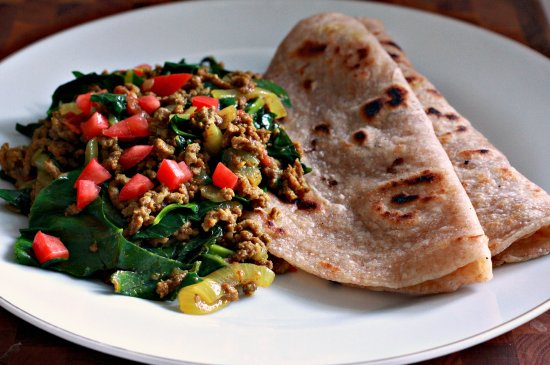
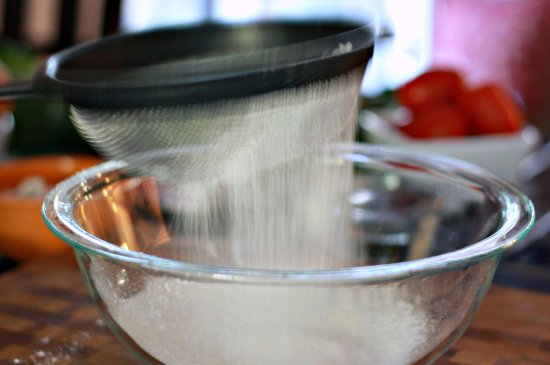
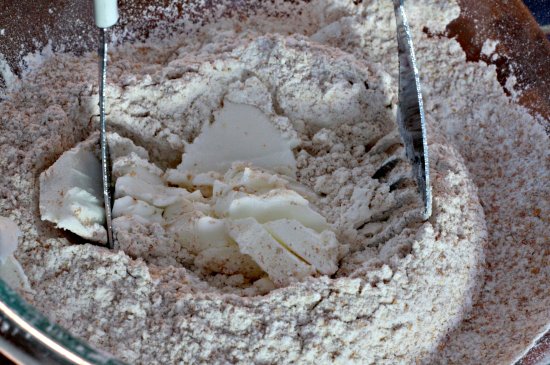
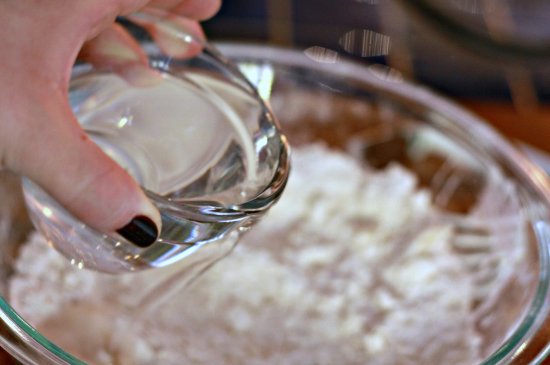
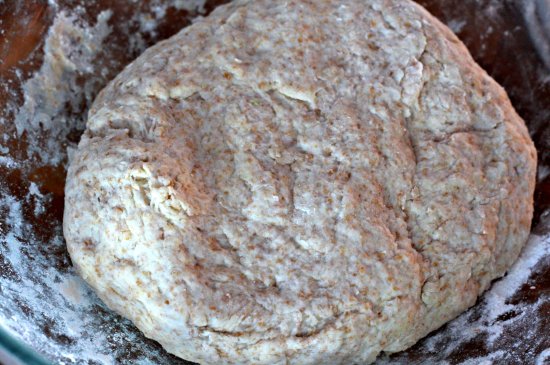
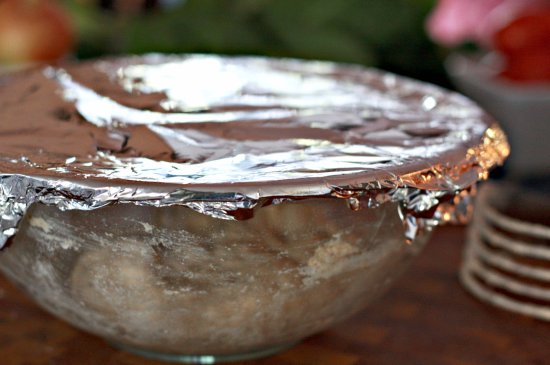
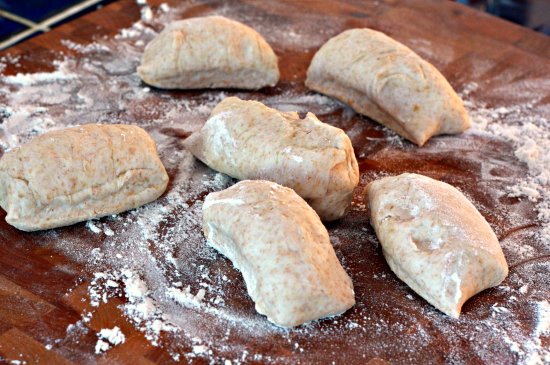
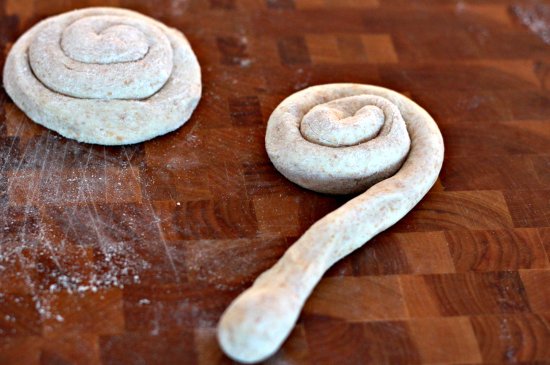
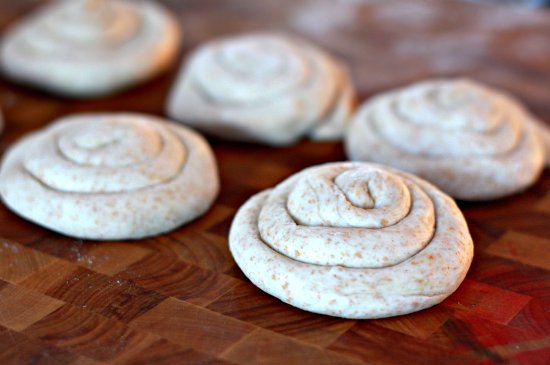

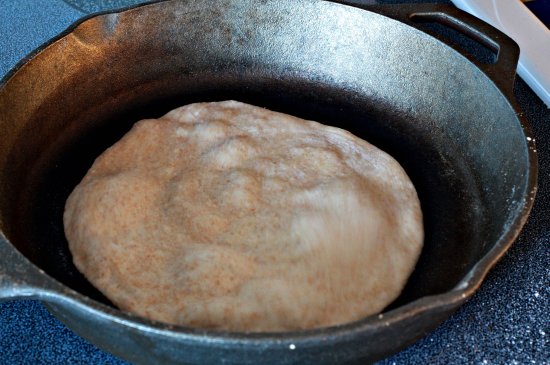
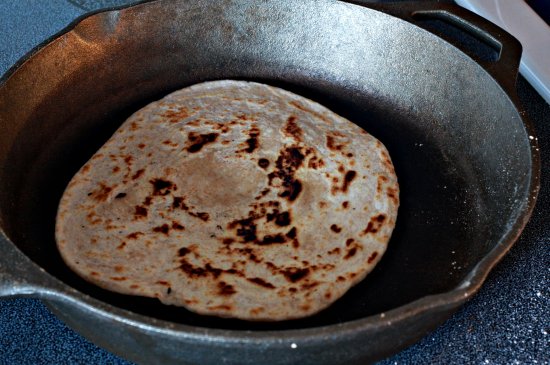
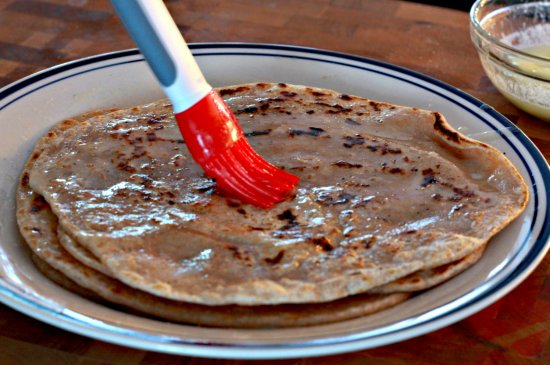
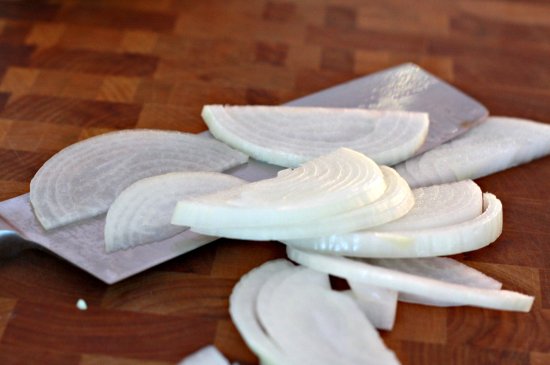
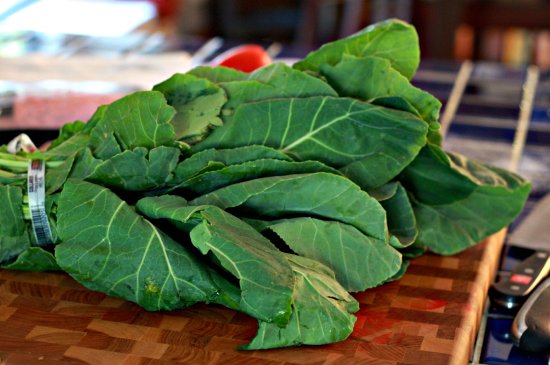
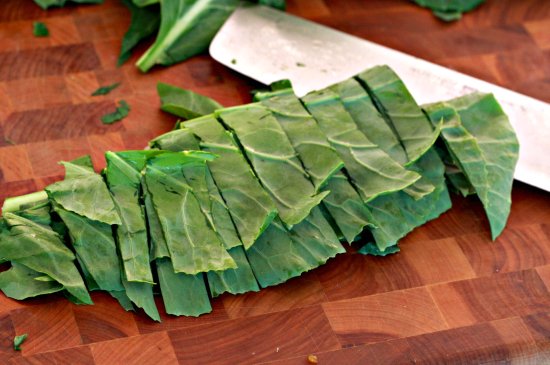
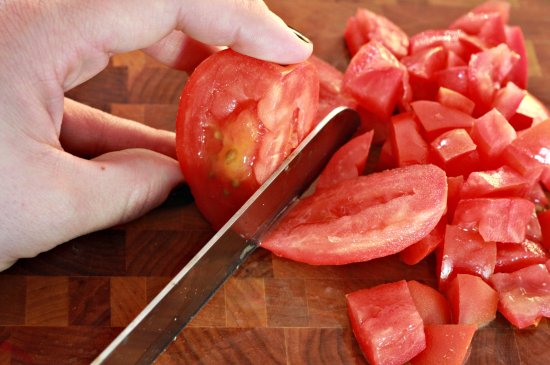
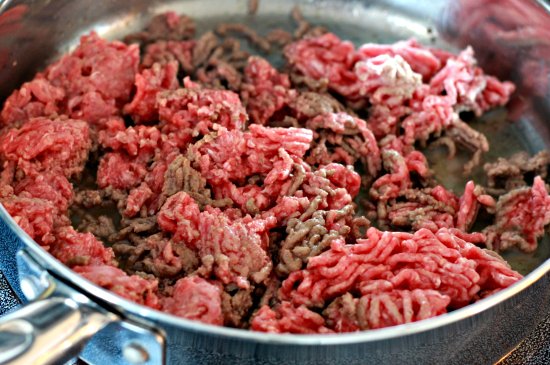
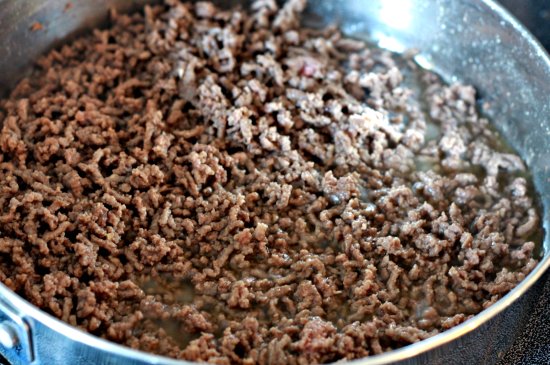
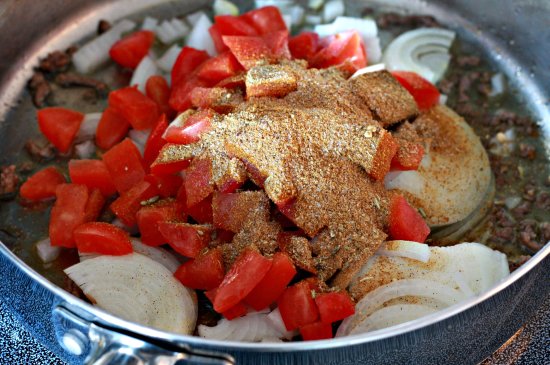
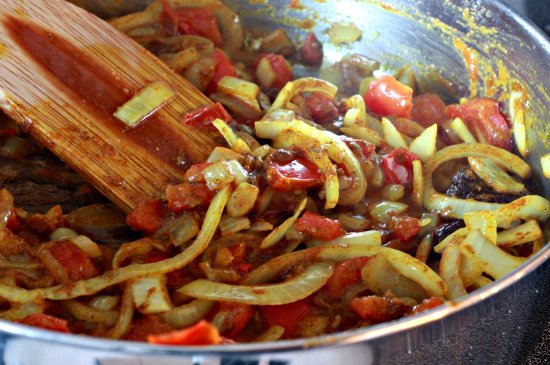
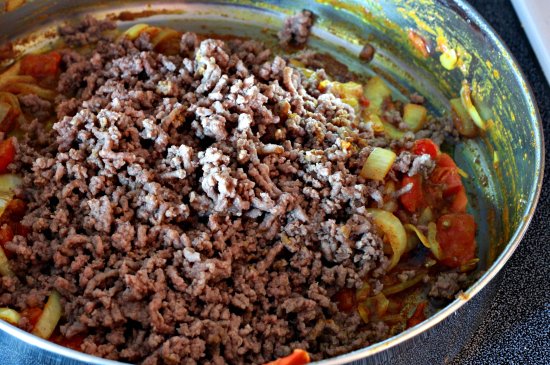
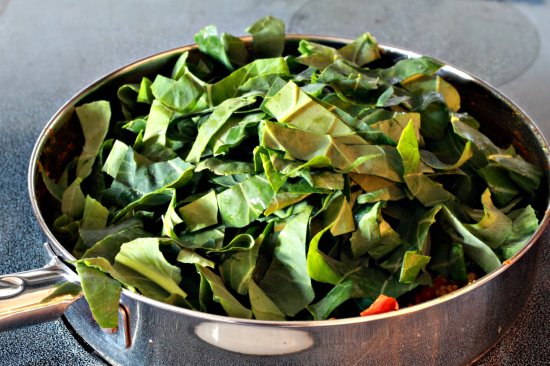
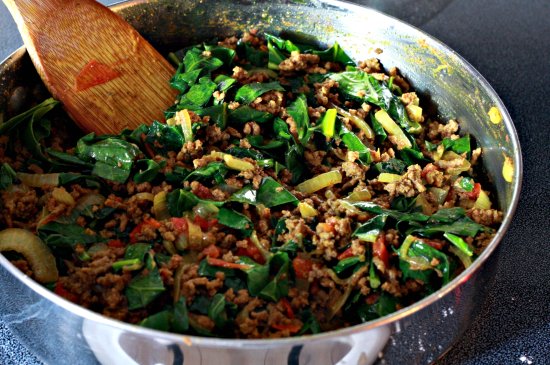
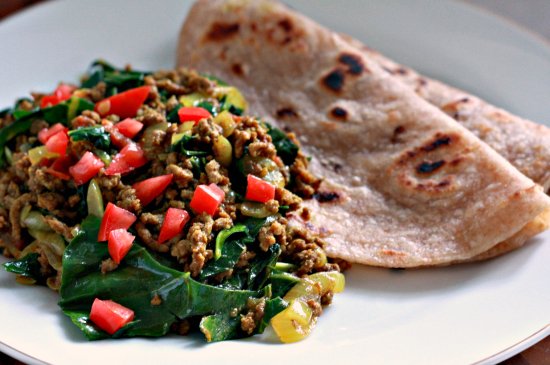
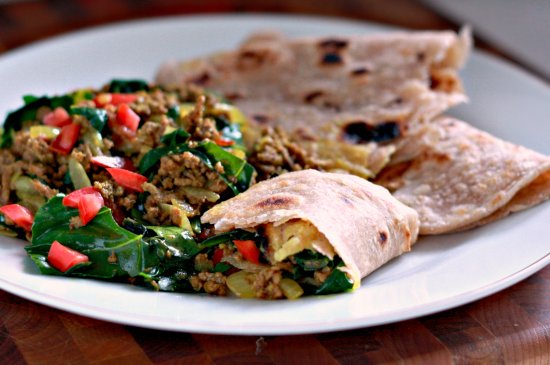
Chapati is 100% Indian. As there are many people of Indian descent living in Kenya for generations, it has been adopted by everyone as the Kenyan “bread” of choice. It is also part of the cuisine in many other parts of the world where ever Indians have migrated, including the UK, Singapore, Mauritius, Maldives, South Africa, Fiji Islands, etc.
im’ making this dish as i type. saw a recipe close to yours and thot i had to try. i am also Puerto rican and the aroma has a familiar devavu; amazing
I made your chapati and sukuma wiki for a party after my husband returned from a 2 week stay in Kenya. My husband loved it and said if felt like he was back in Kenya, although he said that your sukuma wiki was much better than what he had while there 🙂 Wonderful recipes!
????????-??????? ????????? ??????? ?????????? ????????? ??????? ??? ??????? ????????????? ? ????? ??????????? ????????????:
NRG-2
????????? ??????? 2-NRG
– ???????? ?? catchop.ru ! ????????? ? ??????? (???????? ??? ???????) ?????? ?? ??????????? ??????? ????? ????? ????????? ?????????! ??? ??????? ???????? ??????? ??????????? ????????, ?????? ??? ???????? ? ?????????? ? ??????!
I must say that I’ve never seen meat in sukuma wiki. I’ve always seen it as greens only because meat is very expensive for many East Africans.
However, that chapati is dead on. It looks perfect.
This looks incredibly delicious! Good luck in this round!
looks beautiful. you have my vote.
Yummy! That looks delicious and the photos are beautiful. You have one of my votes. Best of luck to you.
This looks so hearty and delicious. Your photos are great, especially the one of you sifting flour. The Noshery gets another vote of mine, good luck this week.
Lick My Spoon
How wonderfully different and delicious! You got my vote! 😀
The Young Foodie
http://www.foodbuzz.com/project_food_blog/challenges/2/view/966
Jambo! I found the rolling of the chapati very interesting. I have been to Kenya a few times and enjoyed their food.
I voted you (see my post here: http://www.foodbuzz.com/project_food_blog/challenges/2/view/869)
Glad you made it to the 2nd round. Love all your recipes.
Good Luck
NICE! You got my vote. I ended up doing Moroccan.
Just voted! I love your blog & so hope you win! [:
You took a brave move choosing African as opposed to the “easy” ones. And you nailed it, so you’re going to get my vote. Points for technical difficulty, like they say in gymnastics and ice skating;)
Great job.
I sure sounds like you put a ton of thought, effort and love into this post/recipe. It looks delicious. I look forward to reading more of your posts! Good luck on PFB! you have my vote 😉
That bread look amazing. I am not a collard fan, but I keep trying. I want to like them! Good luck 🙂
Thanks for sharing this recipe! It looks simple and awesome, and I may also soon take the plunge since I’ve never cooked with (or eaten) collard greens.
This looks great! I will definitely give it a try, especially the chapati!
Beautiful chapati! I love making chapatis, if you had any leftover they are super tasty with peanut butter and bananas! Great post!
Lovely post. Congratulations on getting into round 2.
Chapati (or roti) is also part of the Indian cuisine. Naan is a heavier version (and made in a tandoor, or clay oven) – made mostly in the north. Chapatis are made as a everyday staple in the rest of India. Traditionally, instead of butter, people use oil or ‘ghee’ (clarified butter). Good job making chapatis – it takes people wuite a few tries to get it right. Yours look fantastic!! 🙂
p.s: I know Malaysians and a few other asian cuisines also count rotis/chapatis as part of their staples.
Fabulous! You’ve got my vote for sure!
Genius! Really fits the challenge well and looks absolutely delicious! You rock!
We thought about doing something African for round 2 as well, but opted for something different. This looks amazing. I bookmarked it to try later!
Lovely! Your Chapati looks absolutely perfect. I traveled through Kenya for a bit and absolutely loved their food. I could eat chapati at every meal (and for a meal). A Kenyan friend I went to law school with gave me her family’s chapati recipe–and she said the trick was the way you roll it. Coil it up & then roll. It gives it the nice flaky texture. I hope yours was wonderfully flaky. BTW, Kenyan food also has a lot of Indian influence b/c of its position on the coast–you’ll see curries & chapati & puri.
This brings back such good memories for me.